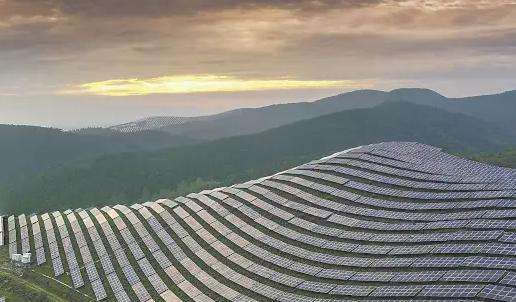The power unit of wind energy is W/m2 (Watts per square meter). When the annual average wind speed is 7m/s, the wind power is 400W/m2. That is to say, the longer the blades of the wind turbine, the greater the swept area. The larger it is (C=R2), the larger the swept area is, the greater the wind power it absorbs and the more electricity it generates.
Simply put, when the wind speed is constant, the longer the blades, the more electricity is generated. Of course, it cannot be stressed for too long, as problems may occur and it may be easily damaged.
The reason for being thin is to reduce the mass of the blades, otherwise they would be too heavy to be blown by the wind and how to generate electricity.
The wind turbine propeller of the wind turbine is an active propeller or a passive propeller. The disturbance of the air flow by the front leaf has most of the impact on the following leaf.
Hollow. Windmills that generate electricity are usually hollow rather than solid. The hollow windmill design can reduce weight, make the windmill easier to rotate, and reduce wind resistance. In modern wind turbines, the wind blades generally adopt a hollow blade structure, which can capture and utilize wind energy through the principle of aerodynamics to turn the generator to generate electrical energy. Solid windmill structures are used more for decorative and scenic viewing purposes and cannot generate electrical energy.
Large-scale wind turbines are all active. Air brakes are generally divided into two types, pitch braking and air spoiler braking. The front blade has a great influence on the following blade. Large turbulence affects the power generation efficiency, so there must be enough distance between the units. This is related to the blade diameter and tower height














